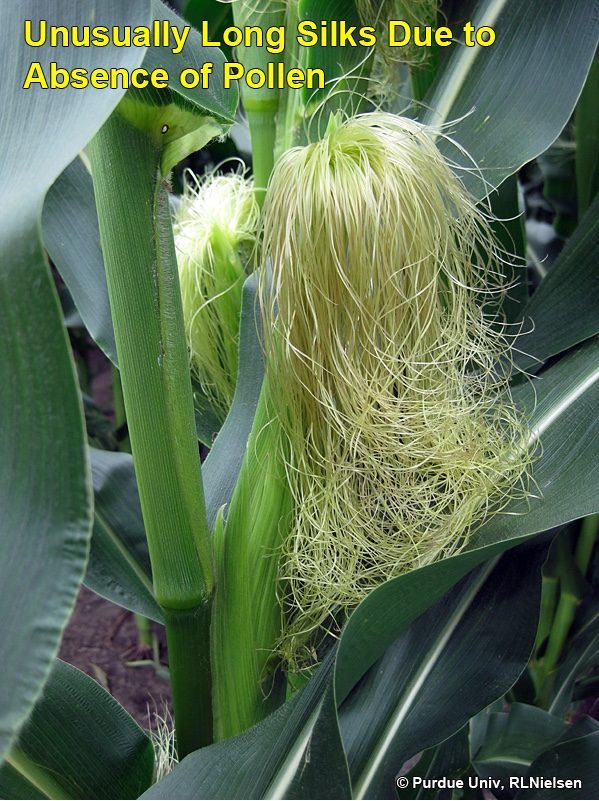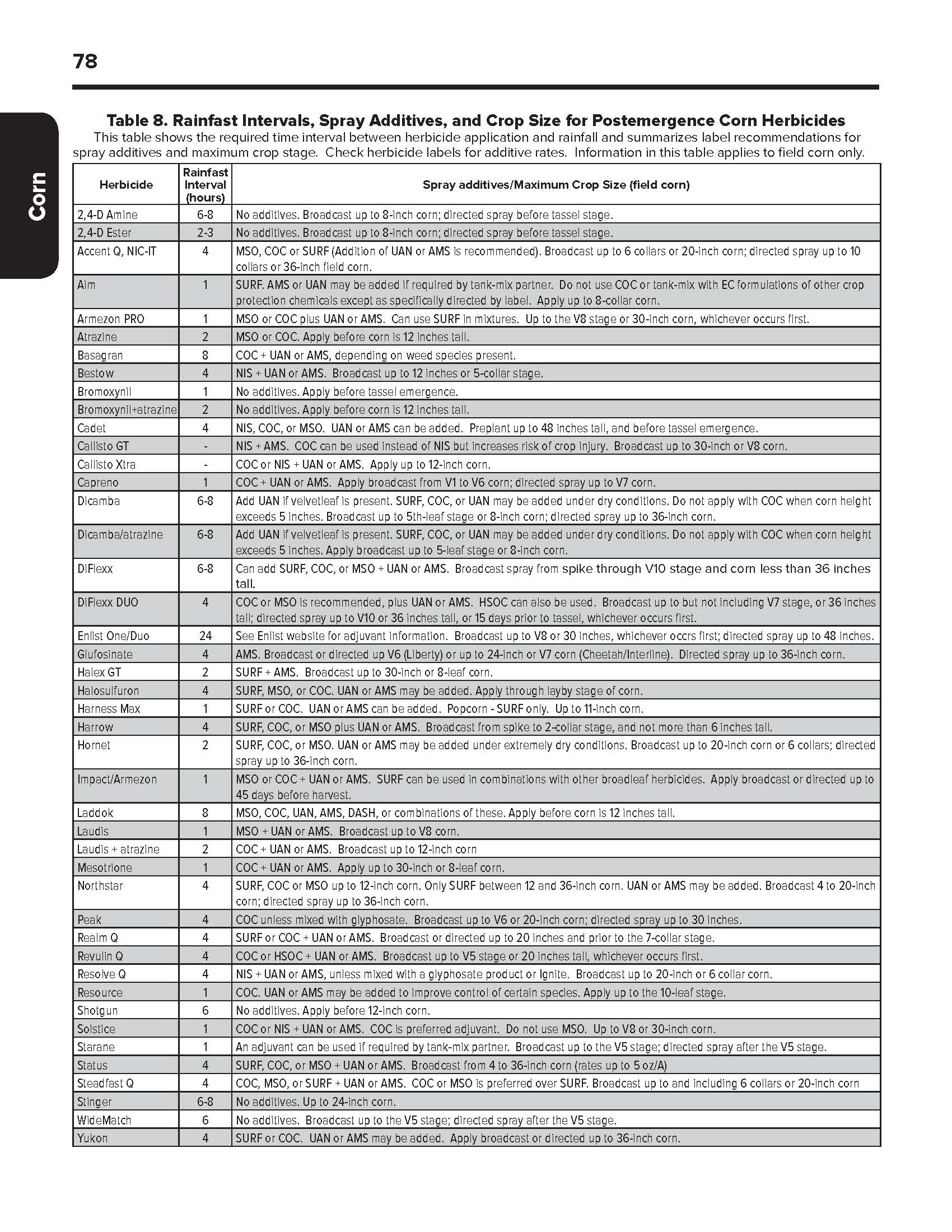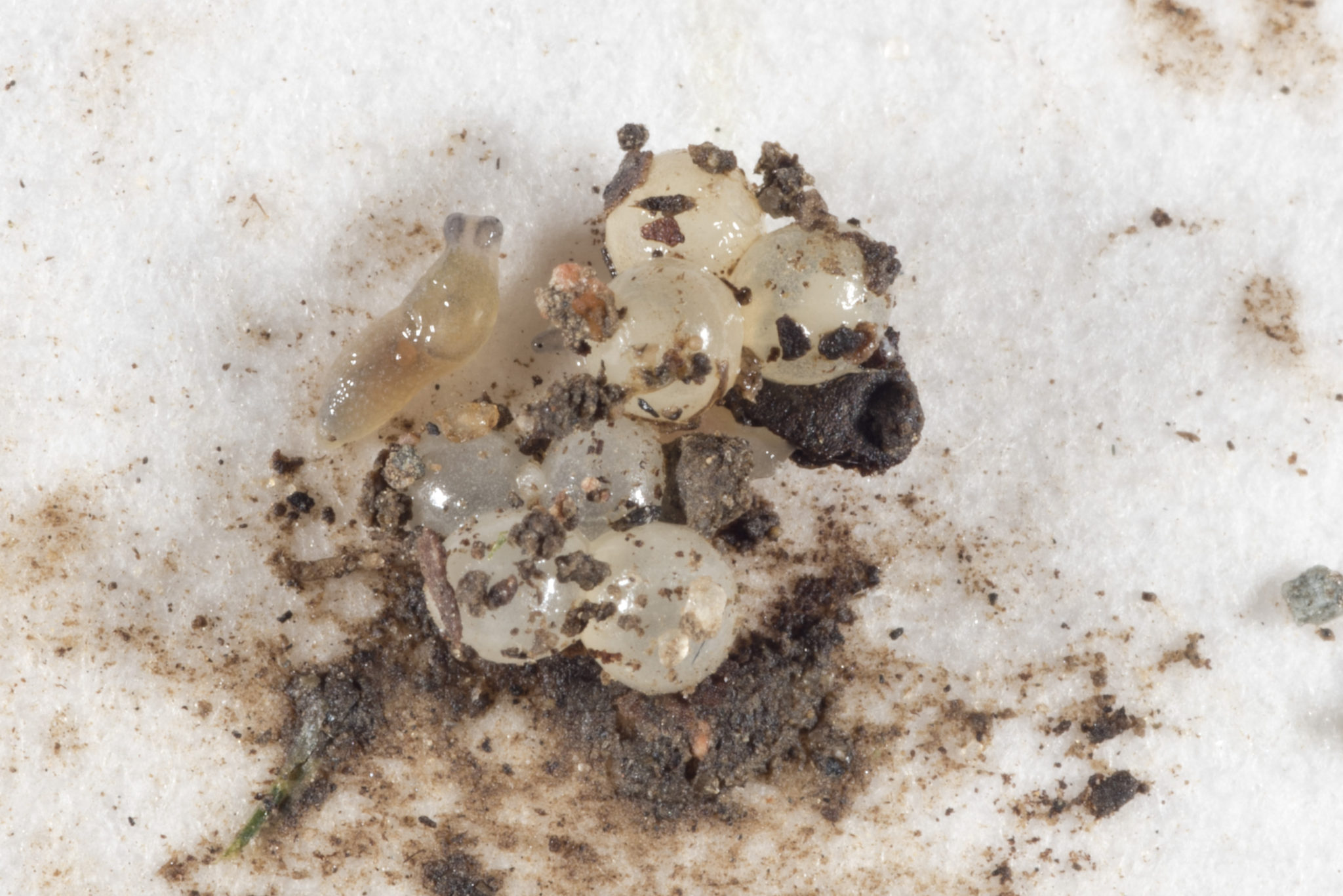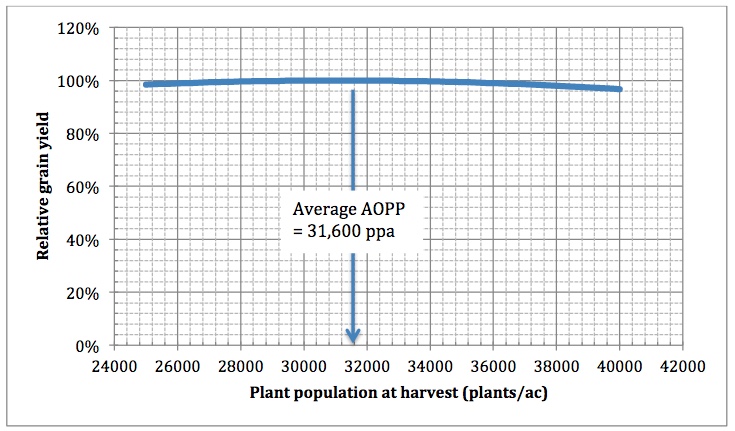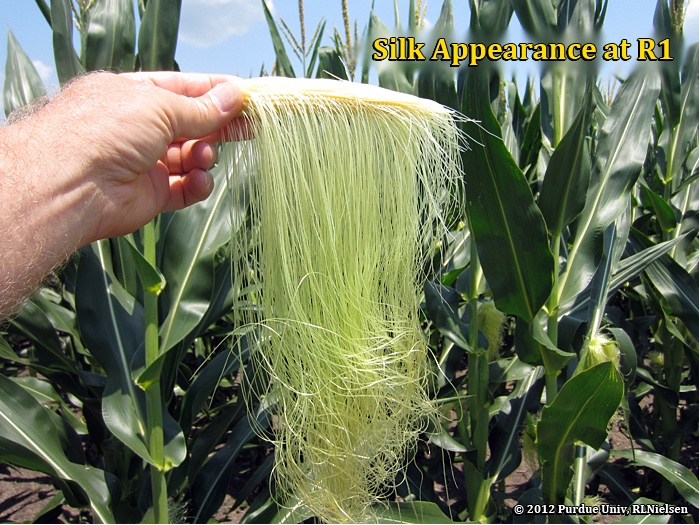
The grain fill period begins with successful pollination and initiation of kernel development, and ends approximately 60 days later when the kernels are physiologically mature. During grain fill, the developing kernels are the primary sink for concurrent photosynthate produced by the corn plant.


